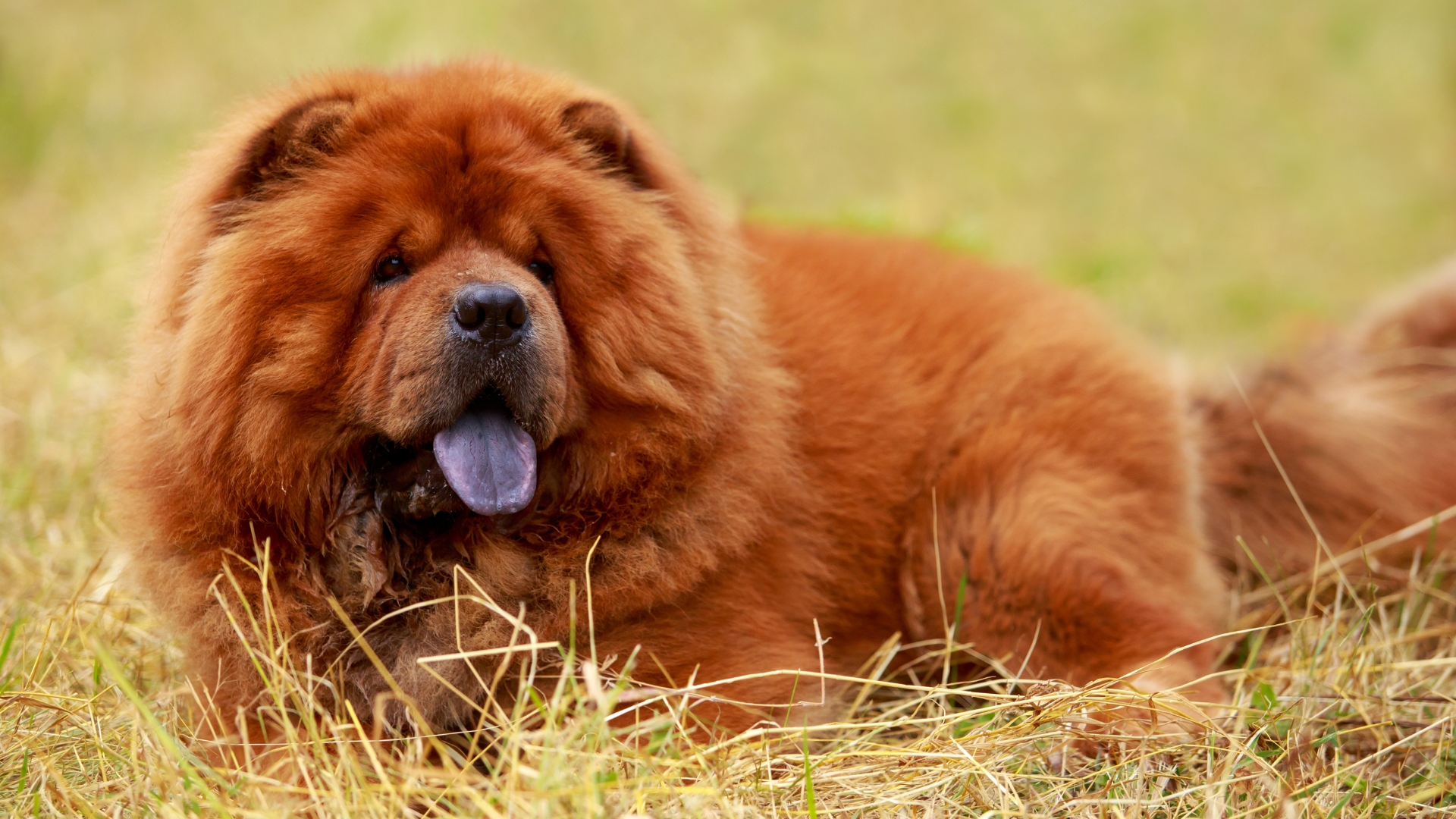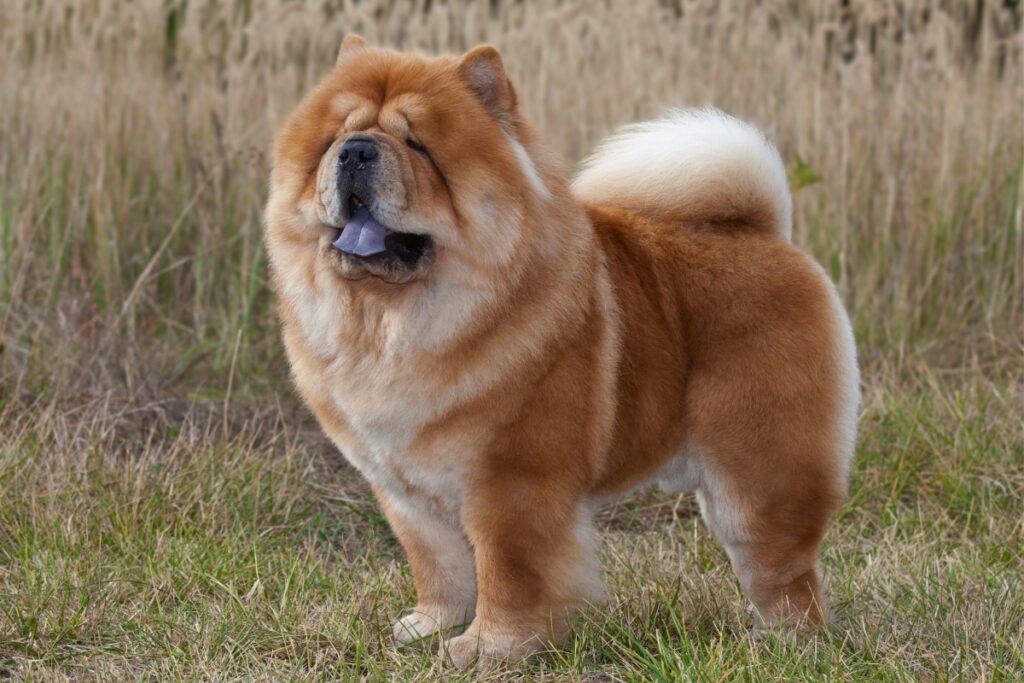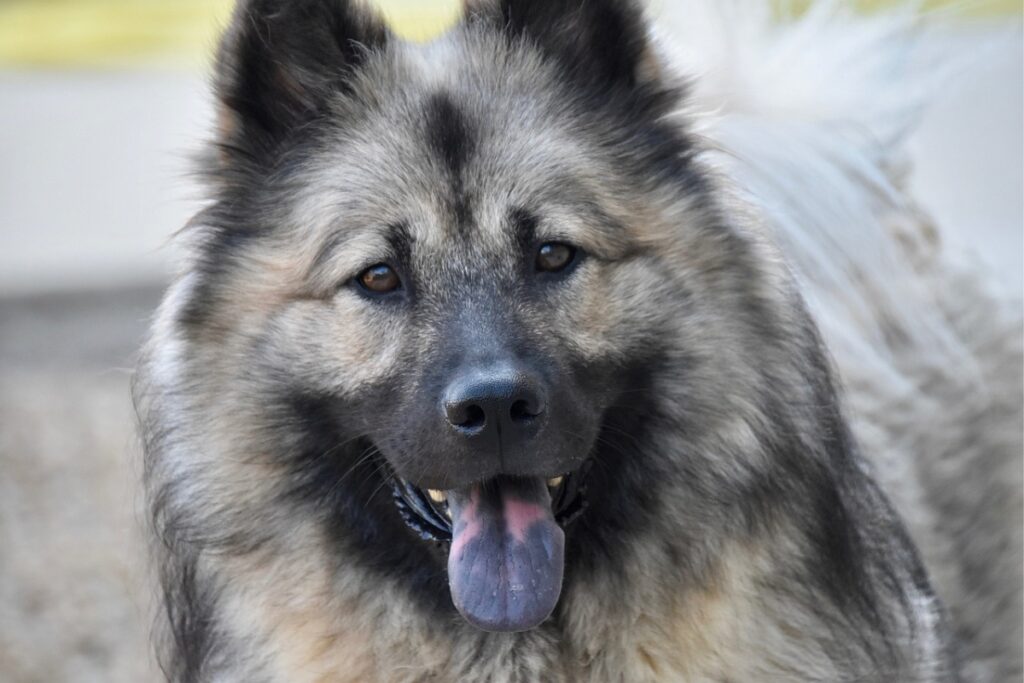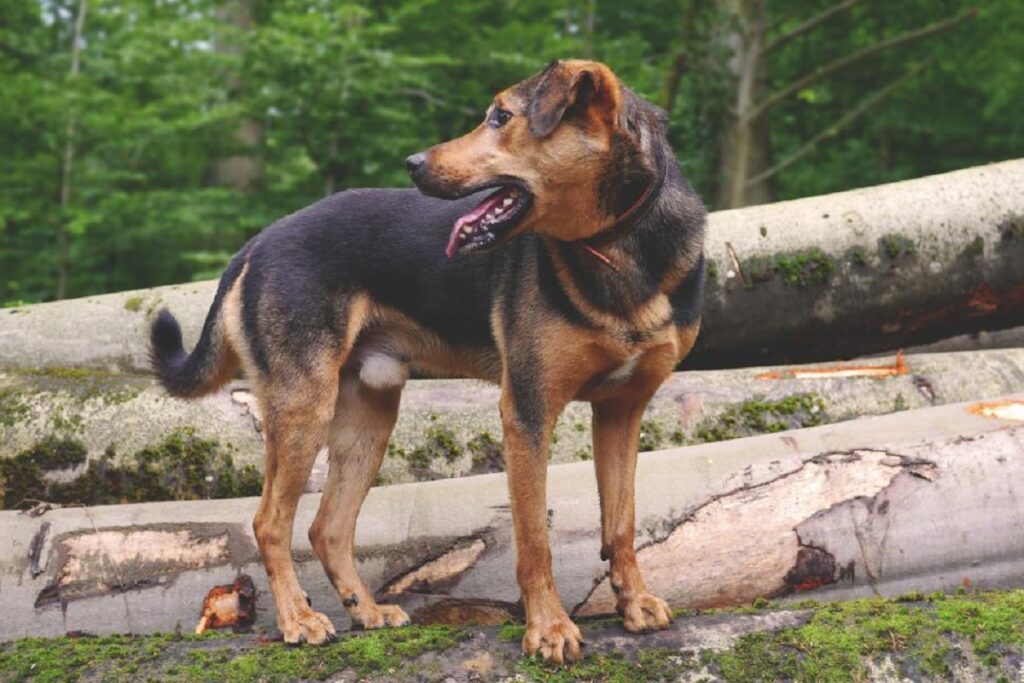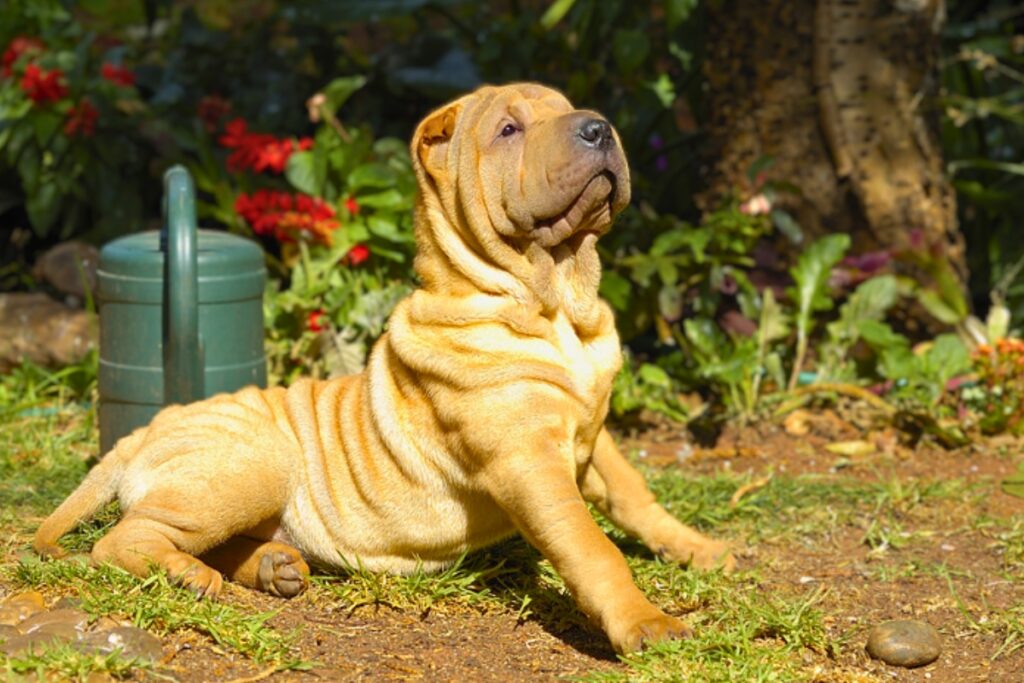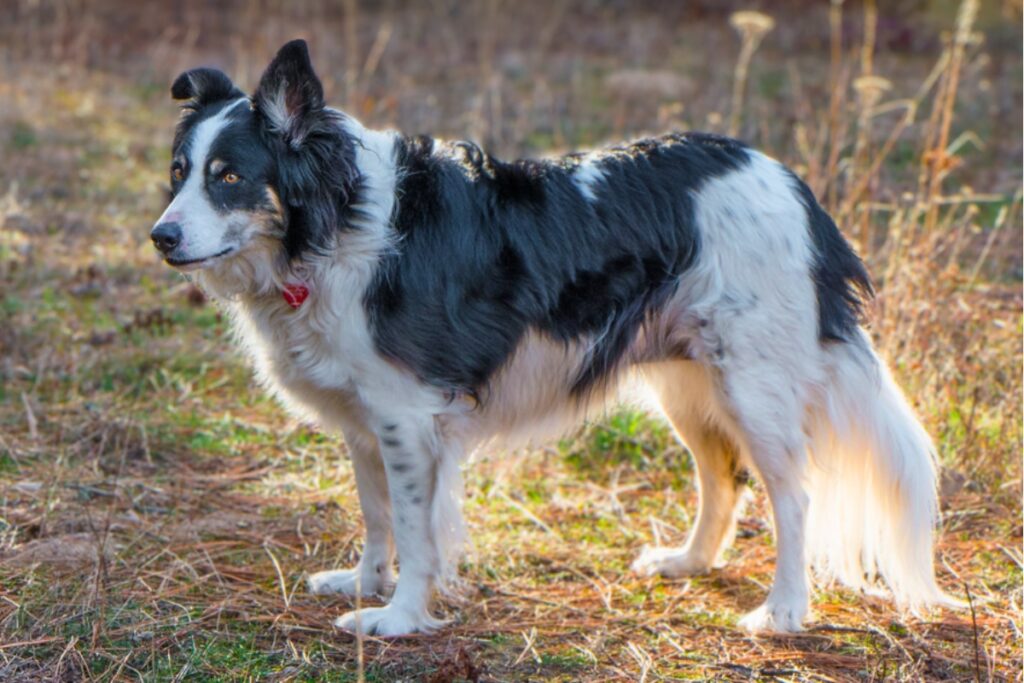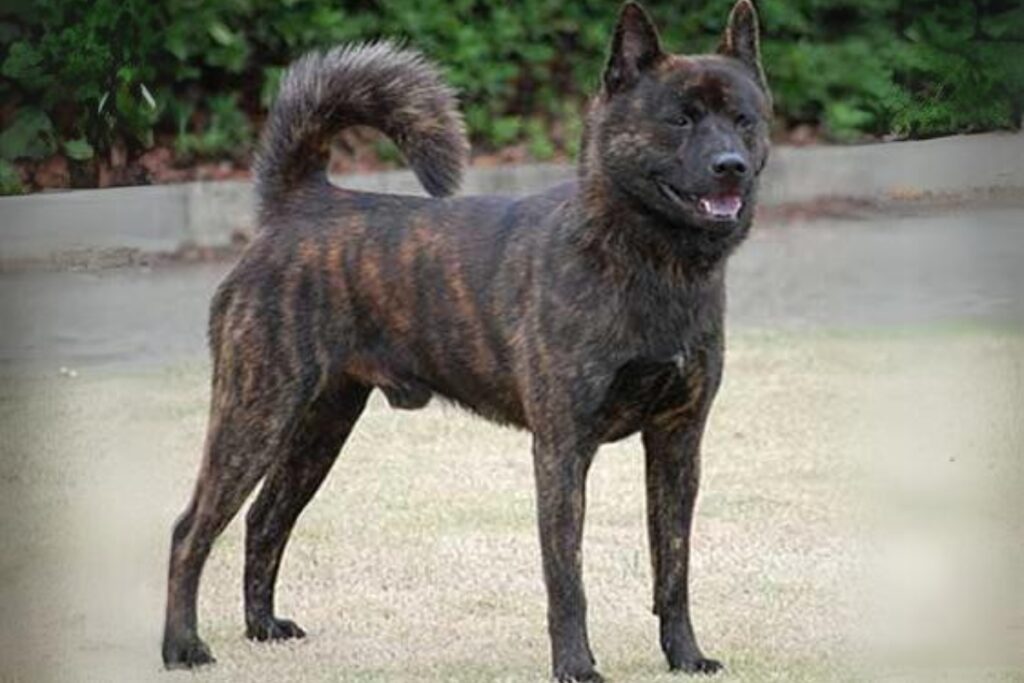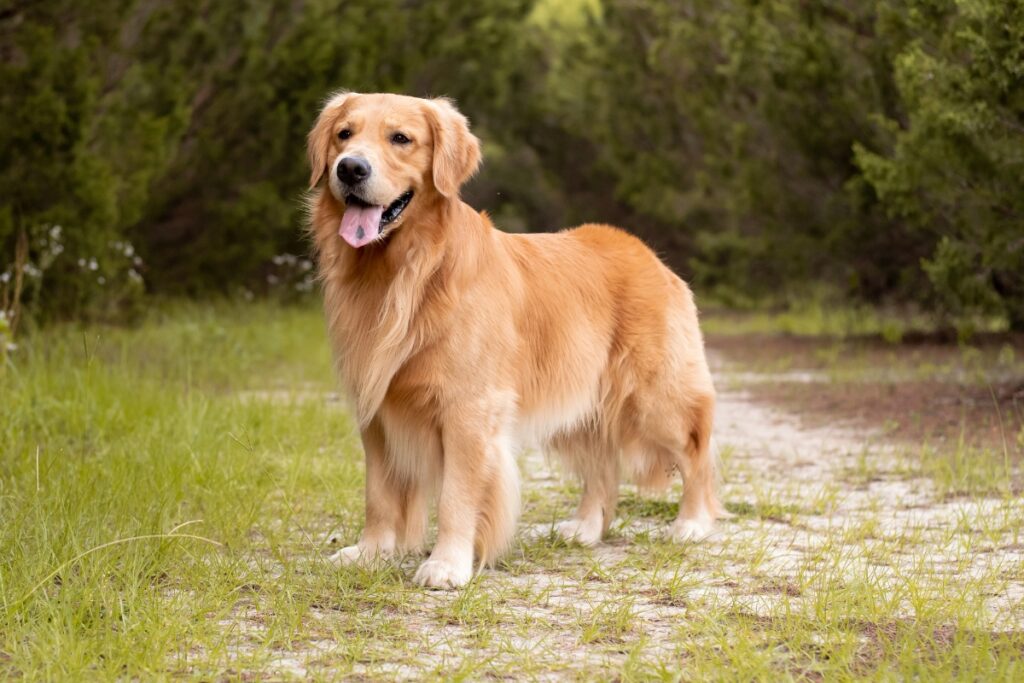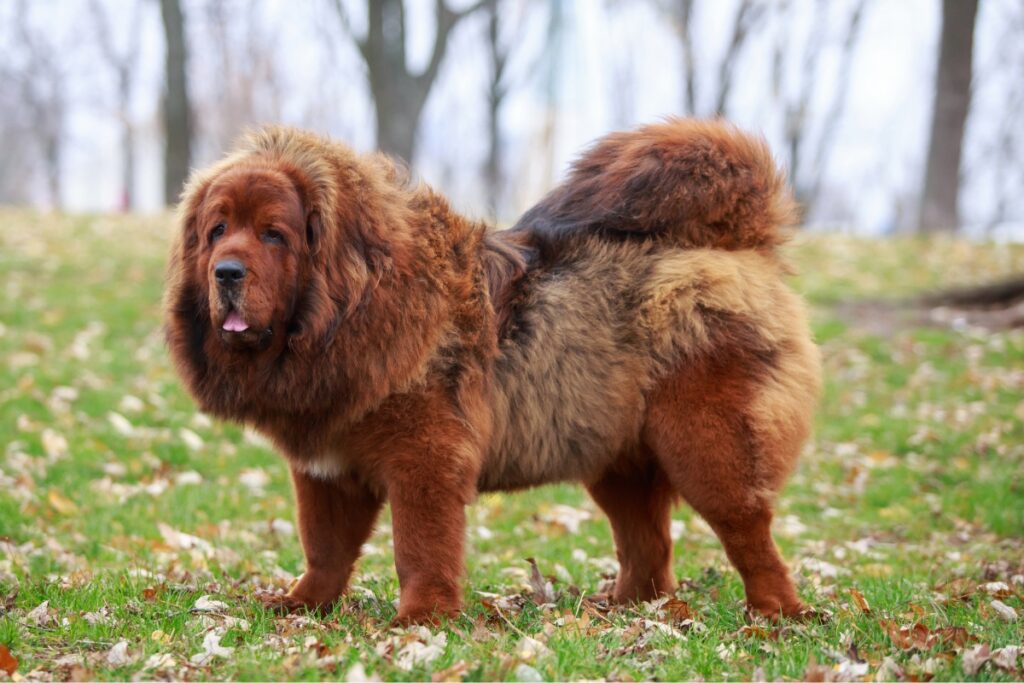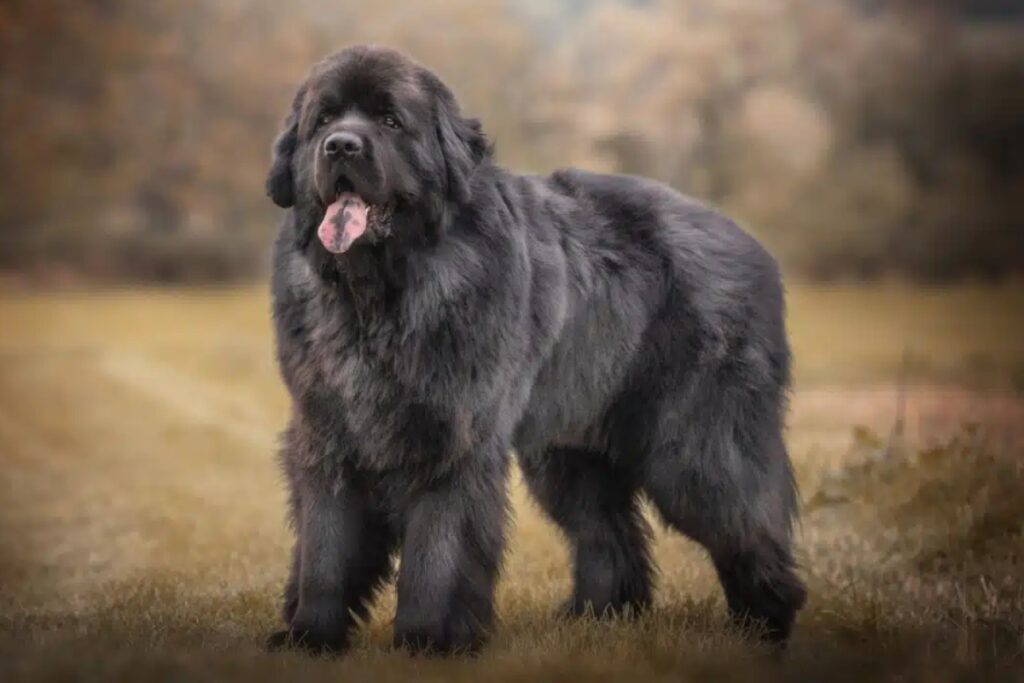Beyond wagging tails and wet noses, a select group of dog breeds possess a truly unique feature: blue-black tongues. From the iconic Chow Chow to the lesser-known Shar-Pei, these cyanotic tongues add an extra layer of mystique to these fascinating canines. Join us as we delve into the world of 11 dog breeds sporting this unusual trait, exploring the genetic origins and cultural significance behind their striking blue tongues. Prepare to be amazed by these extraordinary pups, whose distinctive feature sets them apart in the canine kingdom.
When you think of your dog, I’m willing to bet you don’t often think about their tongues. However, it’s a good idea to pay some attention to your pup’s mouth, especially with the vital role that the tongue plays.
Besides the obvious — eating and drinking — dogs use their tongues to cool down (which is why they pant) and regulate their temperatures. They also use it to communicate and to groom themselves or other animals.
.commonpostlink {
display: none;
}
.commonpostlink.new-content {
display: block; /* or “inline” or “inline-block”, depending on your desired display */
}
There are nearly 200 dog breeds in the world, and while most have pink tongues, some have a bluish tongue that may look purple or gray. While many other animals, including polar bears and giraffes, have blue tongues, it’s not all that common in dog breeds.
This is caused by melanin, a natural pigment that determines the color of your pup’s orifices. Those with blue tongues tend to produce excess melanocytes, pigmented cells that produce melanin.
However, in some cases — such as if it’s bumpy or newly onset coloring — a blue-black tongue could be indicative of various health conditions. Let’s dive deeper into these breeds and causes.
Dogs with Blue Tongues
There are many dogs that have either blue, dark purple or black tongues. Let’s take a look at a few dog breeds with blue tongues.
1. Chow Chow
This is perhaps the most popular of the blue-tongued dog breeds, and that’s because you can’t help but notice how a Chow Chow’s mouth has so much pigment in it. Chow Chows, an ancient breed, are really low-key dogs; they are content to just laze about, and that means you need to go a little lighter on the food, or they can gain weight. The Chow Chow’s tongue is totally blue.
As far as their personalities are concerned, Chow Chows is the cat of the dog world. They constantly clean themselves, which means you won’t have to wash them often, they do however, need a good brushing regularly.
While Chow Chows are affectionate with their people, they are standoffish with strangers, so if you have a busy house or other pets, early socialization is key.
Chow Chows belong to the American Kennel Club’s (AKC) Non-Sporting group. They are medium-sized dogs that weigh between 45 and 70 pounds and stand approximately 17 to 20 inches tall.
You can find Chow Chows in various colors, though the most common is usually cinnamon or red. Other colors include cream, black, blue, brindle, and merle. Chow Chows live to be 8 to 12 years old.
2. Eurasier
The second pup on this list is the Eurasier, which some say looks like a cross between a Chow Chow and a Samoyed. This breed is one that must be close to its pet parents.
They are very affectionate and loving with their humans but tend to be aloof and wary of strangers. If you have kids, you’ll find that your pup thoroughly enjoys hanging out with them. Eurasiers have solid blue tongues.
The Eurasier is another medium-sized dog that’s recognized by the AKC as a Foundation Stock Service dog. It stands 19 to 24 inches tall with an average weight that falls between 40 and 70 pounds. The life expectancy of this pup is 12 to 16 years. You can find the Eurasier in several colors, including wolf gray, sable, red, black, and fawn.
3. Thai Ridgeback
As its name would indicate, the Thai Ridgeback was originally bred in Thailand, where it served as a guard dog and a hunting dog. This breed typically only has blue or black spotted tongues, though, on some occasions, the Thai Ridgeback may develop a fully blueish-black or solid blue tongue. The second part of its name describes the mohawk-style ridge patterns on its back.
One of the things you’ll quickly learn about the Thai Ridgeback is that it’s a very intelligent dog. It’s also super loyal and protective. A word of caution, though: the Thai Ridgeback also has a high prey drive, so it might not be a suitable breed for home with other pets.
The Thai Ridgeback, like the Eurasier, is acknowledged by the AKC as a Foundation Stock Service dog. It’s a medium-sized dog that stands 20 to 24 inches tall and can weigh between 35 and 75 pounds. The Thai Ridgeback also has a long lifespan, averaging 14 to 15 years. According to the AKC breed standard, the Thai Ridgeback comes in four main colors: black, blue, red, and fawn.
4. German Shepherd Dog
Hailing from Germany, German Shepherds are very well known for their dominance and steadfast nature. They also commonly develop bluish-black spots on their otherwise pink tongues, though it’s rare you would ever see a fully blue tongue.
Despite their intimidating stature, the German Shepherd, a type of Shepherd dog, is actually a very loving dog that bonds deeply with its pet parents. They also love kids and tend to be very protective over them. They are intelligent, and their bravery and vigilance make them excellent watchdogs.
German Shepherds are classified by the AKC as part of the herding group. While they are often known for their police, military, and guard work, they were originally bred to be farm dogs. They are a larger breed, standing from 22 to 26 inches tall and weighing around 50 to 90 pounds. It also comes in several different color schemes, including all black, gray, sable, black with cream, red, silver or tan, and blue.
The German Shepherd lives an average of 7 to 10 years, which isn’t very long at all.
5. Shar-Pei
The Chinese Shar-Pei, also an ancient breed, is just like the Chow Chow in that its tongue is often solid blue or bluish-black rather than spotted. The Shar-Pei is a very proud dog that needs a specific kind of owner and household. For example, the breed doesn’t tolerate young children too well but is fine with older kids.
At first glance, the Shar-Pei may look as though it’s scowling, but it does have a lot of love and affection for its owner. However, be careful not to let your Shar-Pei become too dominant because it can lead to behavioral issues down the road.
The Shar-Pei belongs to the AKC Non-Sporting Group, and the breed standard colors are too many to name, though you’ll often see the Shar-Pei in variations of dilute and sable in black, red, cream, and fawn. The Shar-Pei is around 18 to 20 inches in height, and can weigh 45 to 60 pounds. Shar-Peis can live 8 to 12 years, on average.
6. Border Collie
If you’ve ever owned a Border Collie, you know firsthand just how crazy and goofy they can be, but you also know how amazing they are as well. Their personalities are off the charts, and they are extremely intelligent dogs (they will try to outsmart you, I promise).
One thing you need to know about the Border Collie dog breed is that it was meant for work, so therefore, it has extremely high energy levels and needs something to do, whether it’s herding on a farm or participating in dog sports.
Border Collies typically have pink tongues, but they may sometimes sport spots. However, if they are mixed breeds, particularly with Beagles or Great Pyrenees, they might actually have a full-on blue tongue.
The Border Collie is part of the AKC herding group and is a medium dog breed. They stand 18 to 22 inches tall and weigh 30 to 55 pounds. They also come in multiple colors, including brindle and merle. You can find them in black, black and white, red and white, blue, gold, seal, and lilac, to name a few. The average life expectancy of this dog breed is 12 to 15 years.
7. Kai Ken
If you’ve never heard of a Kai Ken, you’re not alone. It’s a relatively rare breed that hails from Japan and has many features similar to a shepherd, including triangular ears, a fluffy tail, and a lean build. The Kai Ken also has a spotted tongue instead of a straight blue tongue and as they age, the spots can grow larger and darker.
As far as its personality, Kai Kens were originally bred to serve as hunting dogs. Therefore, it has a high prey drive, which can spell trouble for smaller animals in your home. The same isn’t true for other dogs or kids, which the breed gets along with well.
The AKC has put the Kai Ken in its miscellaneous class, though it could be moved in the future. These pups stand 15.5″ to 19.5″ tall with an average weight of 25 to 40 pounds. There are three common breed standard colors: brindle, red brindle, and black brindle, which has earned its nickname “tiger dog.” This medium-sized dog lives to be 12 to 15 years old.
8. Rottweiler
If you’re looking for the perfect family-slash-guard dog, you’ll find it in the Rottweiler. These pups get a really bad rap for being aggressive, but that’s often because those who are, are trained to be. Despite their size, these dogs are well known for being sweethearts, especially with their pet parents. They also tend to suffer from separation anxiety, so that’s something to look out for.
Rottweiler tongues aren’t all blue; rather, they’re one of the breeds that can have blue, purple, or black spotted tongues. Over time, they can grow larger or darker.
The Rottweiler Dog belongs to the AKC working group and is one of the bigger dogs with blue tongues on our list. It stands anywhere from 22 to 27 inches tall and weighs 80 to 135 pounds. It’s no wonder they’re intimidating.
Rottweilers are typically black with rust, tan, or mahogany accents on their face, chest, and legs. They also live an average of 9 to 10 years.
9. Golden Retriever
I’m very partial to Golden Retrievers. My parents had one, Quincy, and he was absolutely one of the best dogs I’ve ever known. Like all Goldens, he was very sweet and patient and, most of all, loved kids. This dog breed is intelligent, outgoing, and has a zest for life and playing — bonus points if you have a pool or lake for them to swim in!
While they don’t have a fully blue tongue, many do have spots that darken and grow over time. They will be especially prominent if it’s a mixed breed golden.
Golden Retrievers belong to the AKC Sporting group. They are excellent gundogs and thrive in fieldwork and competitive sports equally. However, their temperament and love for people also make the Golden a wonderful therapy dog. If you love the dog, you should definitely check out the different types of Golden Retrievers.
The Golden Retriever is more of a larger dog, standing 21.5 to 24 inches tall and weighing 55 to 75 pounds. They have a golden coat color, which may be dark or light, sometimes appearing reddish in color. You can expect a Golden Retriever to live an average of 10 to 12 years.
10. Tibetan Mastiff
If big dogs are your jam, like me, you can’t go wrong with one of the Mastiff dog breeds. Many people are put off by the sheer size of the Tibetan Mastiff but trust me when I say their size is not indicative of its personality.
Tibetan Mastiffs have a mellow and calm personality. They tend to be extremely sweet with family but aloof with strangers, with protective instincts. It’s a powerful and muscular dog, yet very agile despite its size.
One thing to know about the Tibetan Mastiff is that owning one comes with a significant cost. They are one of the most expensive breeds in the canine kingdom. They often have blue tongue markings rather than a full blue or black tongue.
The Tibetan Mastiff is part of the Working class and is a big boy. It stands a minimum of 24 to 26 inches tall and can weigh well over 100 pounds, up to 150. You’ll also find this breed in different colors, from brown or black and tan to red gold sable, cream, or blue-gray. They have a life expectancy of 10 to 12 years.
11. Newfoundland
The Newfoundland, like the Tibetan Mastiff, is a monster of a dog. It’s also a gentle giant that doesn’t need much exercise, which, believe it or not, makes it suitable for apartment living. The Newfoundland is very strong, but it is also very patient and protective of children, having rightfully earned the nickname “nanny dog.”
The Newfoundland does not have a fully purple or blue tongue, but like many of the other breeds listed here, it has blue spots. These can grow in size and density as the pup ages.
Newfoundlands belong to the AKC Working class and tend to hover around the same size as the Tibetan Mastiff, an average of 26 to 28 inches tall. They also weigh anywhere from 100 to 150 pounds and live an average of 9 to 10 years. While many people think Newfoundlands are black only, they can also be brown, gray, or black and white.
Why Do Some Dogs Have Blue Tongues?
The reason some dogs have blue tongues is a matter of pigmentation. For the majority of them, it’s due to the trait being passed down among generations. The trait results in an overproduction of melanin cells, which affects the dog’s tongue. Some have discolored tongue spots that look like freckles. It doesn’t mean they’re not healthy.
Dogs with Blue Spots on Their Tongues
Not many breeds actually have a fully blue tongue. That’s reserved for a special few like the Chow Chow, Thai Ridgeback, Eurasier, and Chinese Shar-Pei. Many others have spots on their tongue that are simply a result of excess pigmentation.
However, if you notice spots on your dog’s tongue, it’s a good idea to do a check and make sure it’s the same texture as the rest of the surface. If it’s bumpy, that’s a sign that there might be something wrong, and it’s a good idea to see your vet immediately.
Additionally, if your dog had a pink tongue and now it has a blue tongue, it could be cause for concern.
FAQs
What Does It Mean If Your Dog’s Tongue Is Blue?
If your dog’s tongue is blue or dark purple, or it has a blue-black tongue, it simply means there’s an excess amount of pigmentation. This is totally normal and is often typical with the breeds mentioned above.
However, if there are significant changes, such as your dog’s tongue suddenly turning blue, it could be cyanosis, a lack of oxygen caused by respiratory or cardiovascular disease.
What Does the Color of a Dog’s Tongue Indicate?
The color of a dog’s tongue indicates the amount of pigmentation (melanin) in its genes. For example, dogs with pink tongues don’t typically have excess melanin, but for those with a blue or purple tongue, it’s just a matter of genetics.
If your dog’s tongue is normally pink and it changes color later in life, that could be indicative of a health issue such as jaundice, hypoxemia, or a change in blood flow. This should be followed up with a visit to your vet.
Do Pitbulls Have Blue Tongues?
Some Pitbulls might have a blue tongue if they produce excess melanin. They will never, however, have a black tongue.
Final Thoughts
As you can tell, there are many dog breeds with blue tongues, whether they’re partially or fully colored due to pigmentation. Most of the time, it’s just a matter of genetics.
However, there are some unusual cases when it’s a good idea to have your vet look over your dog, especially if their tongue has been pink their entire lives and they suddenly develop blue tongues. Otherwise, enjoy the uniqueness that is your pup!
While the striking blue tongue is the most recognized trait of breeds like the Chow Chow and Shar-Pei, it’s important to remember that this unique feature doesn’t dictate temperament or behavior. These diverse breeds, ranging from ancient guardians to loyal companions, each possess unique characteristics beyond their blue-black tongues. Prospective owners should research individual breed needs and temperaments to ensure a suitable match, rather than focusing solely on this intriguing physical attribute. A blue tongue is a fascinating genetic quirk, but responsible ownership relies on understanding the whole dog.

